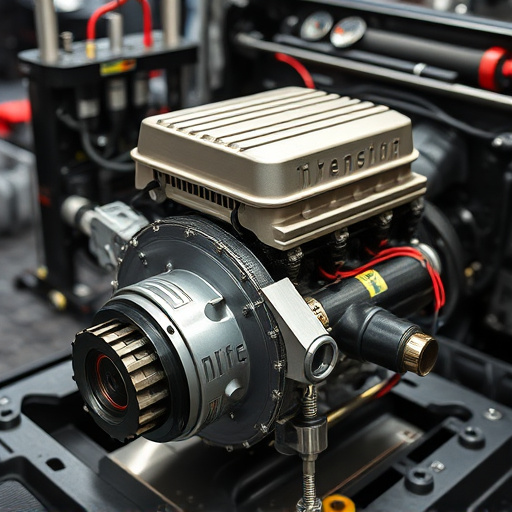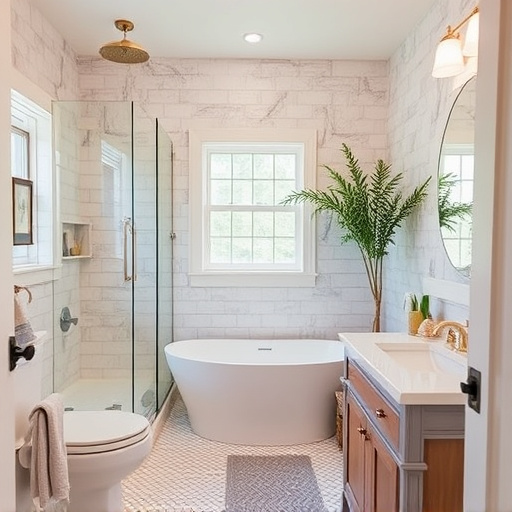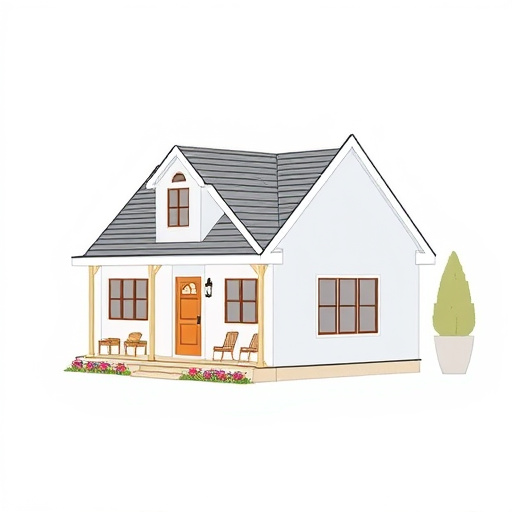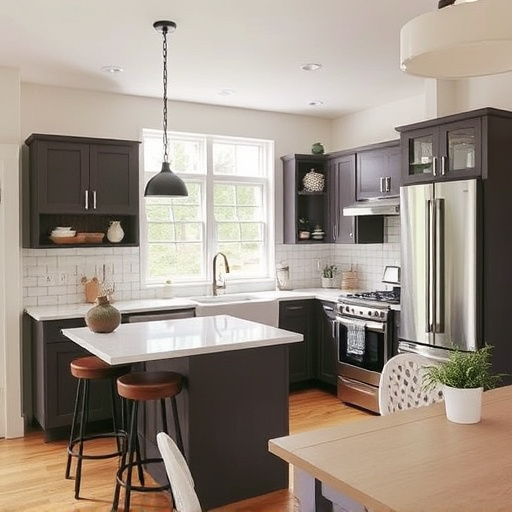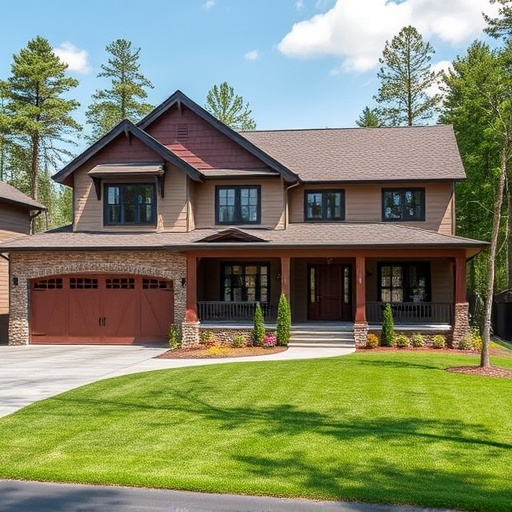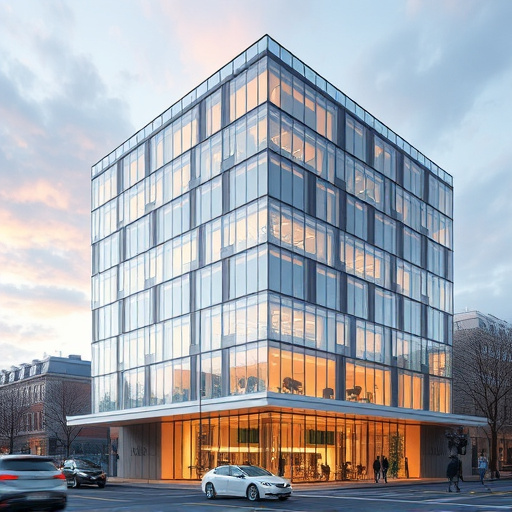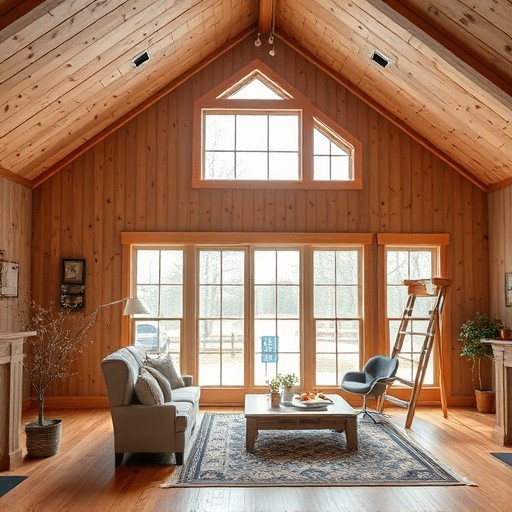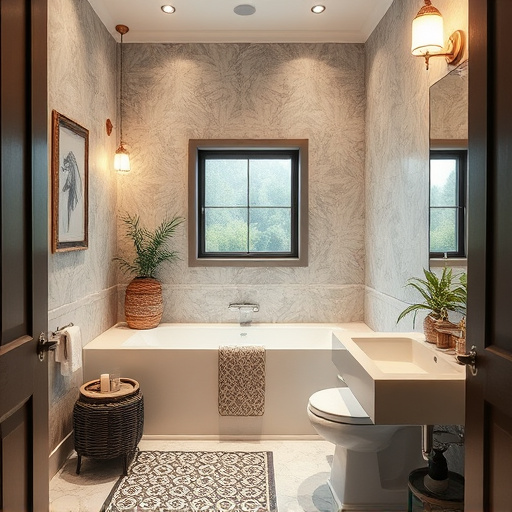The psychology of light is a key element in Interior Design, influencing perceptions and emotions within spaces. Strategic lighting choices can create tailored atmospheres for specific rooms and activities, from relaxing bedrooms to productive home offices. Both natural and artificial lighting play crucial roles, with natural light opening up spaces and enhancing colors, while artificial light offers versatility and control over ambiance. The color temperature of lighting is also significant, with warm light fostering relaxation and cool light boosting productivity. Customizable fixtures allow for the creation of practical and stylish interiors that cater to diverse needs.
Discover how lighting choices transform your interior design. From the psychology behind natural vs artificial light, to its impact on human behavior and productivity, we explore what makes a space inviting or stark. Learn about strategic lighting placement techniques for living rooms, bedrooms, and kitchens, and uncover the right fixtures to enhance any design theme – vintage, modern, or industrial. Elevate your interior design with these essential tips.
- Understanding the Psychology of Light
- – The effect of natural light vs artificial light
- – Color temperature and its impact on ambiance
Understanding the Psychology of Light
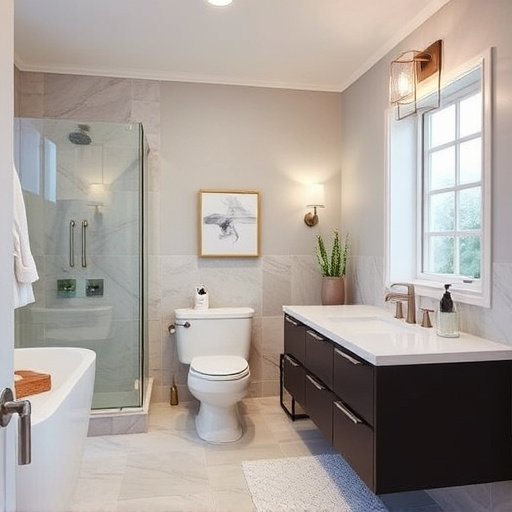
The psychology of light is a fascinating aspect of interior design that significantly influences our perception and emotions within a space. Different lighting conditions can evoke various moods, from warm and inviting to crisp and energizing. Understanding this psychological impact allows designers to create atmospheres tailored to specific rooms and their intended uses. For instance, soft, diffused lighting might be ideal for a relaxing bedroom or cozy living area, promoting comfort and tranquility. In contrast, bright, direct light is often preferred in kitchens or home offices, enhancing focus and activity levels.
When considering a multiple room remodel or customized work like a kitchen remodel, lighting choices become even more critical. A well-lit kitchen not only aids in food preparation but also creates a welcoming ambiance for dining and socializing. Similarly, strategically placed lighting in a living area can define spaces, highlight unique features, and create the illusion of more room. By manipulating light and shadow, designers can transform ordinary interiors into dramatic, captivating spaces that cater to the desired atmosphere and functionality.
– The effect of natural light vs artificial light
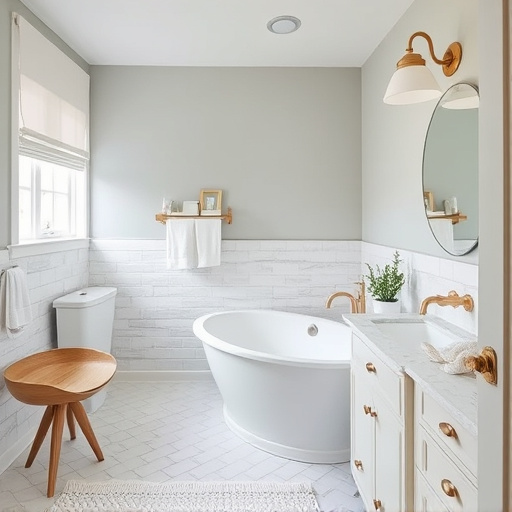
The choice between natural light and artificial lighting can significantly shape the ambiance and overall aesthetics of your interior design. Natural light, often considered a design element in itself, brings a sense of openness and connection to the outdoor environment. It enhances colors, makes spaces appear larger, and can even positively impact our moods and energy levels. Incorporating large windows, skylights, or light wells in your kitchen and bath designs, for instance, can transform these areas into bright, inviting spaces that feel more like outdoor oases.
On the other hand, artificial lighting offers versatility and control over ambiance, color temperature, and intensity. It allows designers to create specific moods and atmospheres tailored to different rooms and activities. During a home renovation, strategic placement of fixtures, dimmers, and smart lighting systems can enhance functionality and flexibility, enabling you to adapt spaces for various purposes throughout the day. Whether it’s a cozy reading nook with warm ambient lighting or a vibrant entertainment area illuminated by task lights, artificial light sources play a crucial role in defining the character of your interior design.
– Color temperature and its impact on ambiance
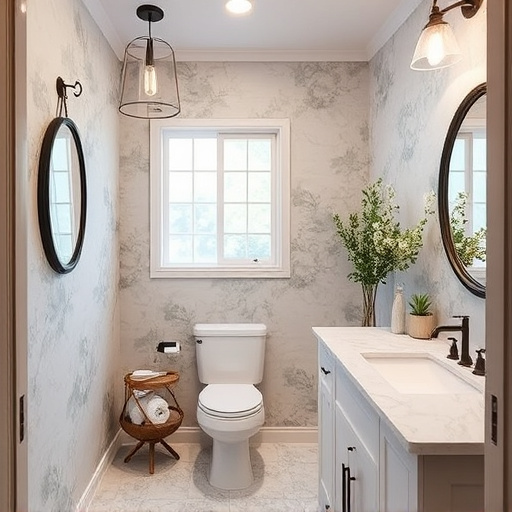
The color temperature of lighting plays a pivotal role in shaping the ambiance of any interior space. Warm light, typically produced by incandescent bulbs or halogen lamps, creates a cozy and inviting atmosphere, perfect for relaxing areas like bedrooms or living rooms. This type of lighting evokes feelings of comfort and warmth, making it ideal for spaces where you seek to unwind and relax. On the other hand, cool light, often associated with fluorescent or LED fixtures, has a more vibrant and energetic effect. It’s commonly preferred in work environments or areas that require heightened focus, as it can enhance productivity and alertness. When considering customized home renovations or residential renovations, understanding this dynamic is key to designing spaces that cater to diverse activities and moods throughout the day.
In interior design, the right lighting choice goes beyond functionality; it’s an artistic decision that can dramatically alter the overall aesthetic. Warm, amber-hued light can add a rustic charm to a room, while cooler, brighter illumination may evoke a modern and sleek look. Incorporating customizable lighting fixtures allows for precise control over color temperature, enabling designers and homeowners to create atmospheres tailored to specific needs and preferences. This level of customization is particularly valuable in spaces that serve multiple purposes, ensuring each area feels inviting and conducive to its intended activity, whether it’s entertaining guests, relaxing, or focusing on customized work.
In conclusion, lighting choices play a pivotal role in shaping your interior design results. By understanding the psychology of light, including the difference between natural and artificial light, as well as the impact of color temperature on ambiance, you can create spaces that are not only aesthetically pleasing but also functionally enhancing. Incorporating these insights into your design decisions will ensure your interiors are inviting, vibrant, and tailored to their intended purpose.
